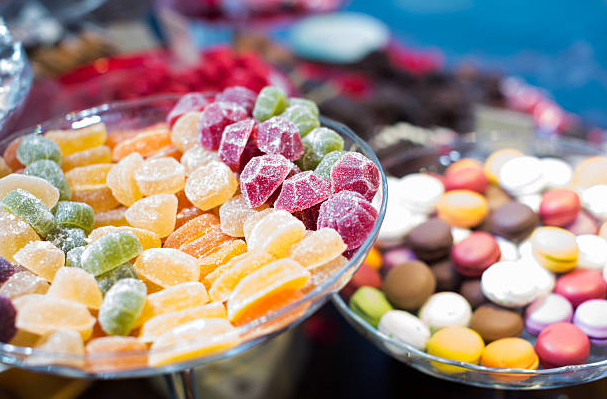
Candy and Cognition: The Intriguing Connection Between Sweets and Memory
Lollies, choc bars, and jelly snakes: for many, these are nostalgic reminders of childhood. But beyond their delicious taste and joyous associations, is there a deeper connection between candy and our memories? In this exploration, we dive into how sweets might have more to do with our cognitive functions than you’d think. This may open new insights and explain how our nostalgia for certain brands and flavours really works.
How Memory Works
Memory isn’t just one process; it’s a combination of multiple processes working together. When you recall the taste of your favourite candy from a childhood visit to one of the best candy boutiques, you’re engaging several memory systems.
There’s episodic memory, which recalls specific events, and semantic memory, which is related to facts and general knowledge. But how exactly do sweets come into play?
Sensory Overload: A Memory’s Best Friend
Flavour and smell are two of the most vital senses tied to memory. When you eat confectionery goods, their taste and smell can transport you to a specific moment in time. This is because our brains are wired to associate these sensory experiences with emotions and memories.
For instance, if you once celebrated a significant milestone with a particular candy, you might find that consuming it again evokes feelings from that day. It’s a bit like how a song or scent can take you back to a moment in your past.
The Role of Dopamine
Consuming sugar results in the release of dopamine, a neurotransmitter responsible for pleasure and reward. This release not only makes us feel good in the moment but also reinforces the memory associated with the pleasure. It’s the brain’s way of saying, “This is enjoyable! Remember it for next time.”
Social Bonds and Shared Experiences
Candies have often played a role in our social interactions. Whether it’s sharing a packet of sweets with mates or receiving them as gifts, these moments can create lasting memories.
Sharing food, including candy, promotes social bonding, which is crucial for our survival as a species. When we bond socially, our brains release oxytocin, another feel-good chemical, further solidifying the memory.
Mindful Indulgence
The next time you enjoy a treat from a local lolly shop, take a moment to engage all your senses. What memories come to the surface? By being present in the experience, you not only derive more pleasure from the treat but also strengthen the neural pathways associated with the memory.
Final Thoughts
Candies, in their delightful array of colours and flavours, do more than just satisfy our sweet tooth. They are intricately tied to our memories, emotions, and even our social bonds. The connection between sweets and cognition is profound, reminding us that every piece of candy isn’t just a treat but a journey into our minds and pasts.
Whether it’s a trip down memory lane or the joy of the moment, sweets hold power in their sugary delight. And if you ever find yourself pondering more on how our senses shape our experiences, delve into the world of sensory science for a broader understanding.
